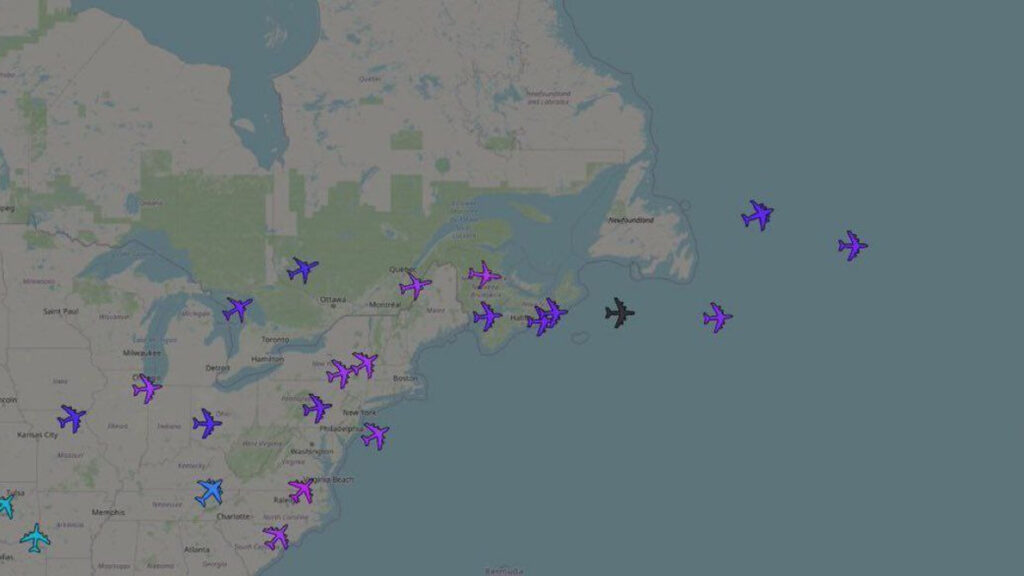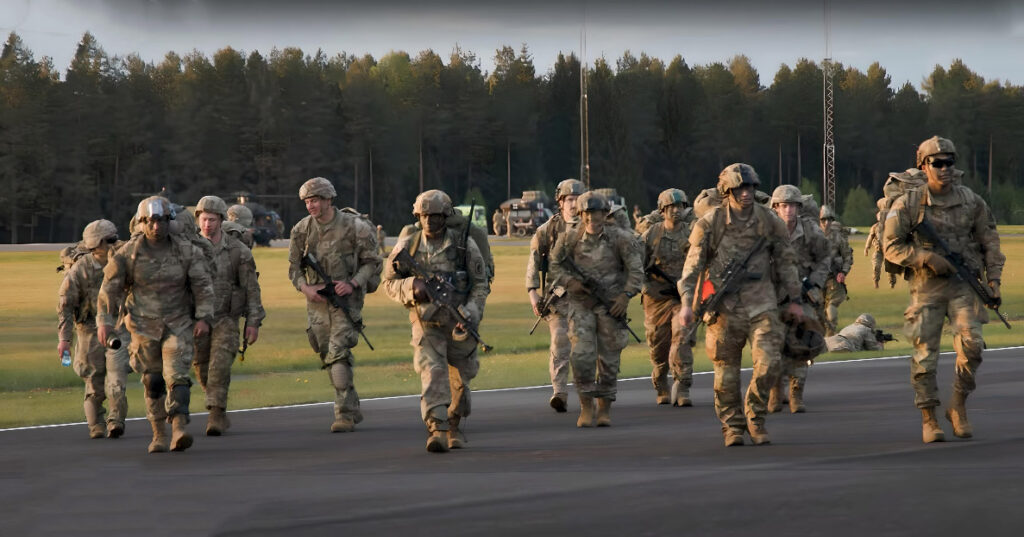A significant surge in U.S. military aviation activity has drawn sharp attention to the increasingly volatile Middle East. Over the past week, nearly 30 American aerial refueling tankers, including KC-135 Stratotankers and KC-46 Pegasus aircraft, have been tracked crossing the Atlantic and positioning closer to the region. Departing from bases in California, Texas, and Ohio, these planes have moved toward Europe and onward to areas near the heart of the escalating crisis, according to reports from Military Watch and an independent analysis dubbed King’s Night.
U.S. Air Force officials have described the deployments as part of “routine training exercises,” but the scale and timing of the operation have raised skepticism. Aerial tankers play a pivotal role in extending the reach of fighter jets and strategic bombers, enabling prolonged combat missions through mid-air refueling. Their presence in such numbers suggests a potential for sustained military engagement, far beyond what standard drills might require.
The backdrop to these movements is a region spiraling toward chaos. Recent airstrikes on nuclear facilities in the Iranian cities of Fordow, Natanz, and Arak have ignited a dangerous new phase of conflict. Iranian authorities report over 900 fatalities, including civilians, in the attacks. In retaliation, Iran launched a barrage of missile strikes on major Israeli cities like Tel Aviv and Haifa, employing advanced hypersonic missiles that underscore the region’s intensifying technological arms race.
The toll of these tit-for-tat strikes is grim: hundreds dead, widespread power outages, and critical infrastructure in ruins. Israeli leaders have vowed to press forward with strikes aimed at crippling Iran’s nuclear ambitions, with a recent attack on a missile development hub in Iran’s Fars province marking the latest escalation. Each move deepens the cycle of violence, pulling the region closer to a broader confrontation.
Against this backdrop, the deployment of U.S. tankers is more than a logistical maneuver—it’s a signal of intent. Analysts suggest it could indicate preparations for a more active American role in the unfolding crisis, which is rapidly taking on global dimensions. The skies above the Middle East are becoming a stage for power projection, where every flight carries weighty implications for adversaries and allies alike.
As military assets shift and tensions mount, the world is left watching a high-stakes chess game unfold in real time. Each new development in the region reverberates far beyond its borders, raising questions about what comes next in a conflict that shows no signs of abating. For now, the movement of these aircraft serves as a stark reminder: the path to stability remains dangerously out of reach.



